
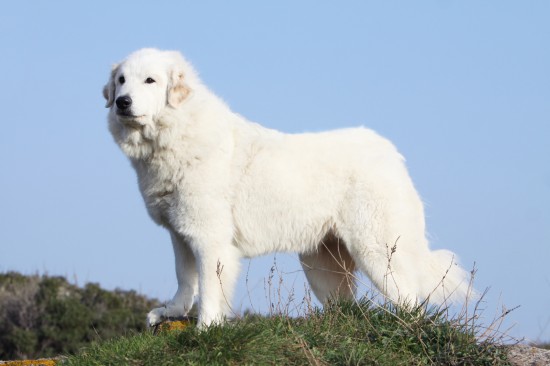
The Great Pyrenees dog has a long and distinguished history as a companion and working dog, which has an excellent temperament and makes for the perfect companion. Standing up to 30” tall at the withers and weighing in at around100lb, this is one big, but very gentle dog! They are both affectionate and personable and also independent, happy to work alone and infinitely reliable. They are favourite family dogs due to their calm natures that are also accompanied by strong protective instincts, and also as working dogs for shepherding and guarding flocks.
In this article, we will look at the Great Pyrenees dog breed in more detail, including the origins and foundations of this noble, handsome breed. Read on to learn more!
The Great Pyrenees dog is also referred to interchangeably as the Pyrenean Mountain dog, and is native to the Pyrenees mountain range on the border of France and Spain. Their documented history in the region goes back for many centuries, and the founding ancestors of the breed as we know it today are thought to have dwelled within the mountain range for thousands of years.
The breed itself is thought to have descended from a type of large, white coated guard dogs that originated in Asia Minor, which were subsequently brought into the Pyrenean Mountain range by roaming shepherds and travellers who kept them as companions and guard dogs. Once established within the Pyrenean range, the breed was developed for its shepherding skills, and light coloured coat.
Originally very much a dog for the farming and working classes, the Great Pyrenees eventually caught the eye of the French royal family, and was given the accolade of the “Royal Dog of France” during the 17th century. The breed then subsequently spread even further afield, notably to Newfoundland, where they were imported by Basque fishermen as guardians and companions.
While the popularity of the breed worldwide fell into decline in the 19th century, it was ultimately revived by French breeders and enthusiasts, and today, is recognised as a breed in its own right by all of the main international Kennel Clubs and dog registries.
There is some debate over the origins of the breed in its current form, and whether or not the Great Pyrenees dog descended directly from wolves, or had an ancestral history including the wolf and the mastiff or mossoloid dog type as well. Many Great Pyrenees breed clubs assert that the Great Pyrenees is lupomossoloid, or descended from wolves with no other canine influence during their first centuries, rather than that crossing with mossoloid (mastiff) dogs occurred during the early years of the breed’s foundations.
Crossing with mastiff dog types certainly happened later on in the history of the Great Pyrenees dog, but it is still maintained that the breed today gets its size and physical appearance from the direct influence of their grey wolf ancestors.
Due to their well established history and migration pattern across many parts of the world, many different breeds may have been instrumental in the formation of the Great Pyrenees dog as we know it today. One of the breed’s most plausible potential ancestors is the Tibetan Mastiff dog, although this is almost impossible to prove or disprove definitively, as virtually no ancient breed records exist for the Tibetan Mastiff. However, the Tibetan Mastiff is plausibly an ancestor to most or all of the large breed mountain dogs, and shares many traits with the Great Pyrenean, including intelligence, independence, and strong guarding instincts.
One significant divergence between the two breeds comes in the form of coat colour- a light or white coat is desirable in the Great Pyrenees dog, but cause for disqualification from the breed standard in the Tibetan Mastiff.
As well as having an interesting history of their own where their origins are concerned, the Great Pyrenees dog has also proved formative in the creation of a great many other breeds of dog, and various different dog types.
When the dogs were imported to Newfoundland, fishermen cross-bred them with the local curly coated retriever dog breeds, creating a new breed in its own right, the Landseer, or black and while Newfoundland dog.
The Great Pyrenees was also formative in the continued existence of Switzerland’s St. Bernard dog breed, which almost died out entirely during the 1800’s, due to widespread ill health and accidental deaths due to avalanches. The addition of the Great Pyrenees breed line to the St. Bernard’s line proved formative in reviving the St. Bernard breed, and has been a key contributor to the continued existence of the St. Bernard dog as we know it today.
 How To Help Outdoor Cats Stay Warm And Safe This Winter
How To Help Outdoor Cats Stay Warm And Safe This Winter
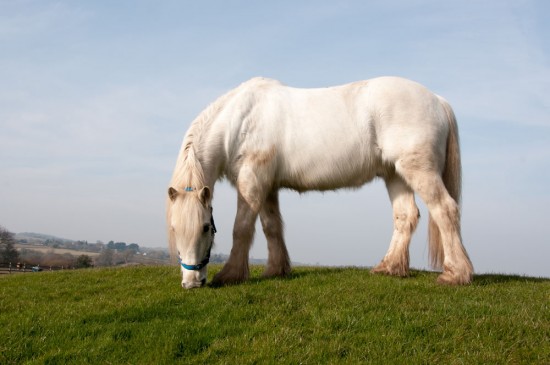 Buying A Pony For Your Child - What The Non-riding Parent Needs To Learn
Buying A Pony For Your Child - What The Non-riding Parent Needs To Learn
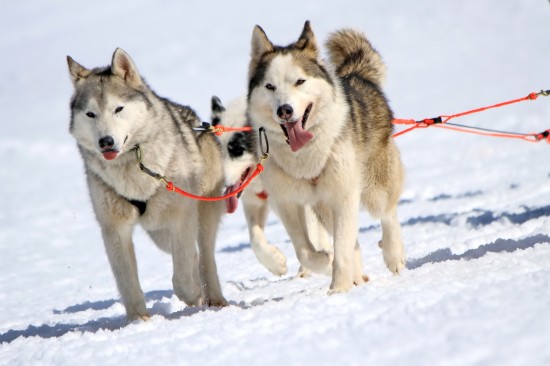 More About Sled Dog Breeds
More About Sled Dog Breeds
 Enjoy the outdoors with your dog this autumn with an airline approved dog carrier
Enjoy the outdoors with your dog this autumn with an airline approved dog carrier
 English bull terrier puppies – understanding the breed
English bull terrier puppies – understanding the breed
 Can Cats And Dogs Bond Together
Can Cats And Dogs Bond Together
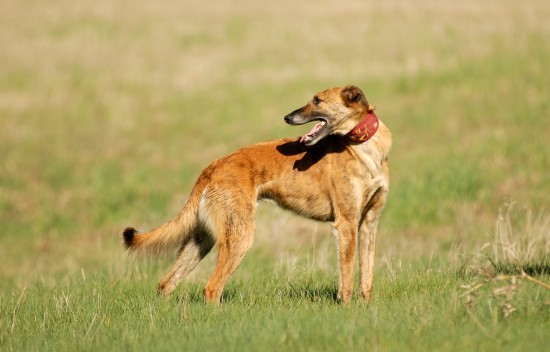 Is A Longdog The Right Choice Of Pet For You?
Is A Longdog The
Is A Longdog The Right Choice Of Pet For You?
Is A Longdog The
 Is The Tonkinese Cat More Affectionate Than The Siamese And The Burmese?
Is The Tonkinese
Is The Tonkinese Cat More Affectionate Than The Siamese And The Burmese?
Is The Tonkinese
 Dog walking and dog boarding services in Toronto
Dog walking and dog boarding services in Toronto
Dog walking and dog boarding services in Toronto
Dog walking and dog boarding services in Toronto
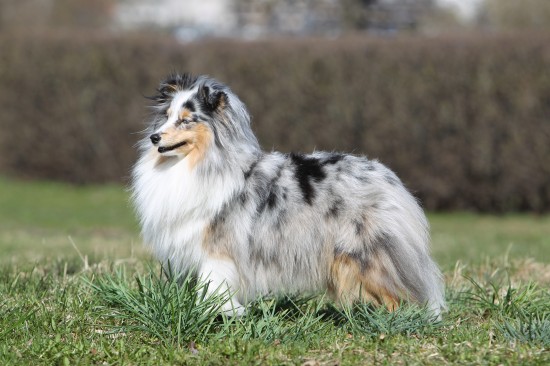 The Blue Merle Shetland Sheepdog Gene And What It Means For Dogs
The Blue Merle Sh
The Blue Merle Shetland Sheepdog Gene And What It Means For Dogs
The Blue Merle Sh
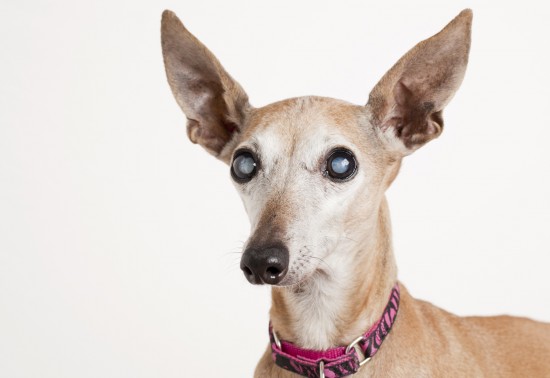 Canine Eye Problems Commonly Confused With Cataracts
Canine Eye Proble
Canine Eye Problems Commonly Confused With Cataracts
Canine Eye Proble
Copyright © 2005-2016 Pet Information All Rights Reserved
Contact us: www162date@outlook.com